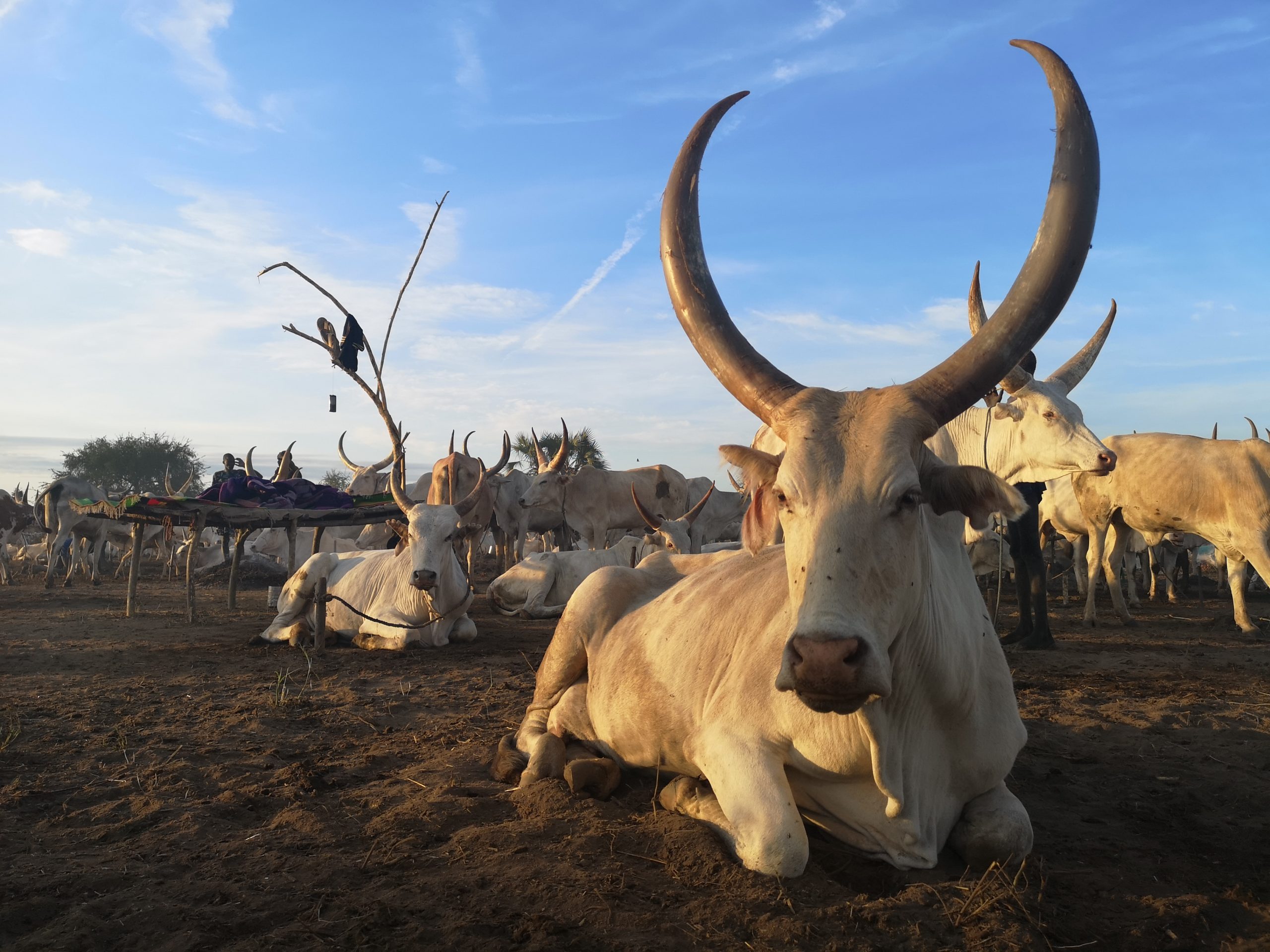
A trip to South Sudan is not for the faint-hearted. The landlocked country in East-Central Africa gained independence from Sudan in July 2011—making it the newest nation in the world. Shortly after, fighting broke out in December 2013, igniting the South Sudanese Civil War. Since then, countries around the world have issued travel warnings advising not to travel to South Sudan due to crime, kidnapping, and armed conflict. While such warnings are enough to stop most people from traveling to the country, the ongoing conflict between government and opposition forces was not going to stop a couple of travelers chasing 193 from visiting. Jokes aside, things really were calming down—well, at least it seemed like things were.
After years of fighting, both sides signed a peace agreement in September 2018, and later agreed to form a transitional government by the middle of November 2019—the same week my group and I would be in South Sudan. A month before the deadline, the opposition leader warned that the country could return to civil war if a coalition government is formed by November 12. Meanwhile, countries like the United States said it would reevaluate its relationship with the young country if the deadline is not met. What would happen come that week? Would the ceasefire be broken? Would the borders close? Not knowing what could and would happen, along with the possibility of being stuck in the country, sure had us worried. Our fixer, on the other hand, was not concerned—which is all we needed to hear to proceed with the trip. Fortunately for us, just days before the deadline, leaders and stakeholders agreed to an additional 100 days to form a transitional government.
Logistics
South Sudan is not one of those countries that you can simply show up in. Unless you are a citizen of Tanzania, you need a visa to enter South Sudan. At this time, (aside from holders of diplomatic, official, service, and special passports issued to nationals of any country), only citizens of Botswana, Eritrea, Ethiopia, Kenya, Rwanda, and Uganda are eligible to obtain a visa on arrival. A quick Google search will tell you that, for all other nationals, it is not possible to get a visa on arrival. But, it is—you just need to obtain an “entry permit” in order to do so. The cost for a visa on arrival is $160 USD for U.S. passport holders and $100 USD for others.
Note:The entry permit is only valid for 30 days from the date of issue.
Aside from the visa, you will need to obtain other permits. You basically need permits for everything. And, depending on where you want to go and what you want to do, you need more. I did not want to just visit Juba—the capital and largest city of South Sudan. I wanted to visit the Mundari; I wanted to meet the tribe that lives and dies for their cows. Leaving Juba and visiting the Mundari requires additional permits, among other things. As you might expect, all of this will cost you.
Here is what I needed to arrange and obtain for my trip to South Sudan:
• Entry Permit (optional—allows you to obtain a visa on arrival) – $100 USD
• Alien Registration (required) – $50 USD
• 2-Day “Tourist Permit” (required) – $300 USD ($150 USD per person, per day)
• Permit and Security Clearance for Terekeka State (required) – $150 USD
• “Gifts” (usually in the form of veterinary medicine) for the Mundari (required) – $50-200 USD ($50 USD per person for groups of three or more, $100 USD per person for groups of two, or $150-200 USD for a group of one)
Note:In terms of photography, if you are bringing anything other than a cell phone, you need to obtain a permit—without a permit, your camera cannot leave the airport. Historically, this permit cost $100 USD per camera. Drones are prohibited.
Needless to say, you will need to plan ahead.
Itinerary
Back in August, I arranged a customized three-day program with Mayom from Metro Safaris and Tours, who was recommended to me by fellow travelers. After setting the date and sharing the plan, three other travelers opted to join.
Day 1 (Saturday, November 9) – Arrive at Juba International Airport at 11:15. Meet guide and transfer to Da Vinci Lodge for lunch. Leave for Terekeka at 14:00. Arrive at the Mundari’s cattle camp between 17:00 and 18:00. Dinner. Overnight at the cattle camp in tents.
Day 2 (Sunday, November 10) – Morning at the cattle camp. Breakfast. Afternoon walk around Nyikabor village. Lunch. Return to Juba. Overnight at Royal Palace Hotel.
Day 3 (Monday, November 11) – Breakfast. Juba city tour. Lunch at Afex Camp. Transfer to Juba International Airport for 17:20 flight to Chicago via Addis Ababa with stops in Dublin and Washington, D.C.
Note:The Mundari live around the town of Terekeka—roughly three hours from Juba by car. Per Mayom, the best time of the year to visit the Mundari is from mid-November to early April, since roads are usually muddy and impassable, and cattle camps are wet during other times of the year.
Gallery
Camping with the Mundari at the cattle camp was a truly unforgettable experience.
FYI
If you plan to fly with Ethiopian Airlines to Juba, book on the app to get up to 10% off. No promo code needed. You get up to 10% off each time for booking flights on the Ethiopian Airlines app (versus booking on their website).






































